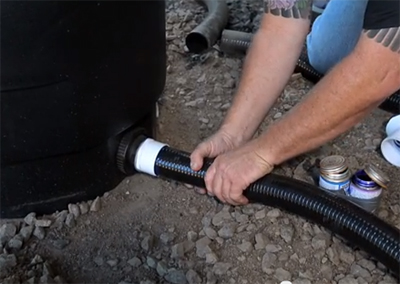good practices
The video linked below covers one of the many phases of a pond-installation project that can seem less critical than it really is. As I mention there, homeowners in particular tend to look at plumbing of the filter as pretty much the equivalent of working on the sprinklers – and they’re not far off, practically speaking. But the difference
Early in the history of garden design – dating back to the earliest days of civilization in Sumeria, Egypt and China – plants took center stage in garden spaces. Terraces and hanging gardens were built not for their innate ornamental qualities, but rather to display the plants they contained. Always, the prized plant was more important than its container. This preeminence of plant displays has been the rule rather than the exception throughout history, even
When you work with any type of concrete, there are right and wrong ways to do things - basic issues of workmanship that really do determine whether a structure will be reliable or not. In the case of swimming pools and spas built using pneumatically applied concrete - either shotcrete or gunite - there's a presumption in structural design that the concrete will cure to the strength specified, which, in the case of pools and spas, is typically 2,000 pounds per square inch. If that's not the case, these structures do not meet their specifications and may be subject to failure as a result. To achieve that desired level of strength, the concrete must be

















